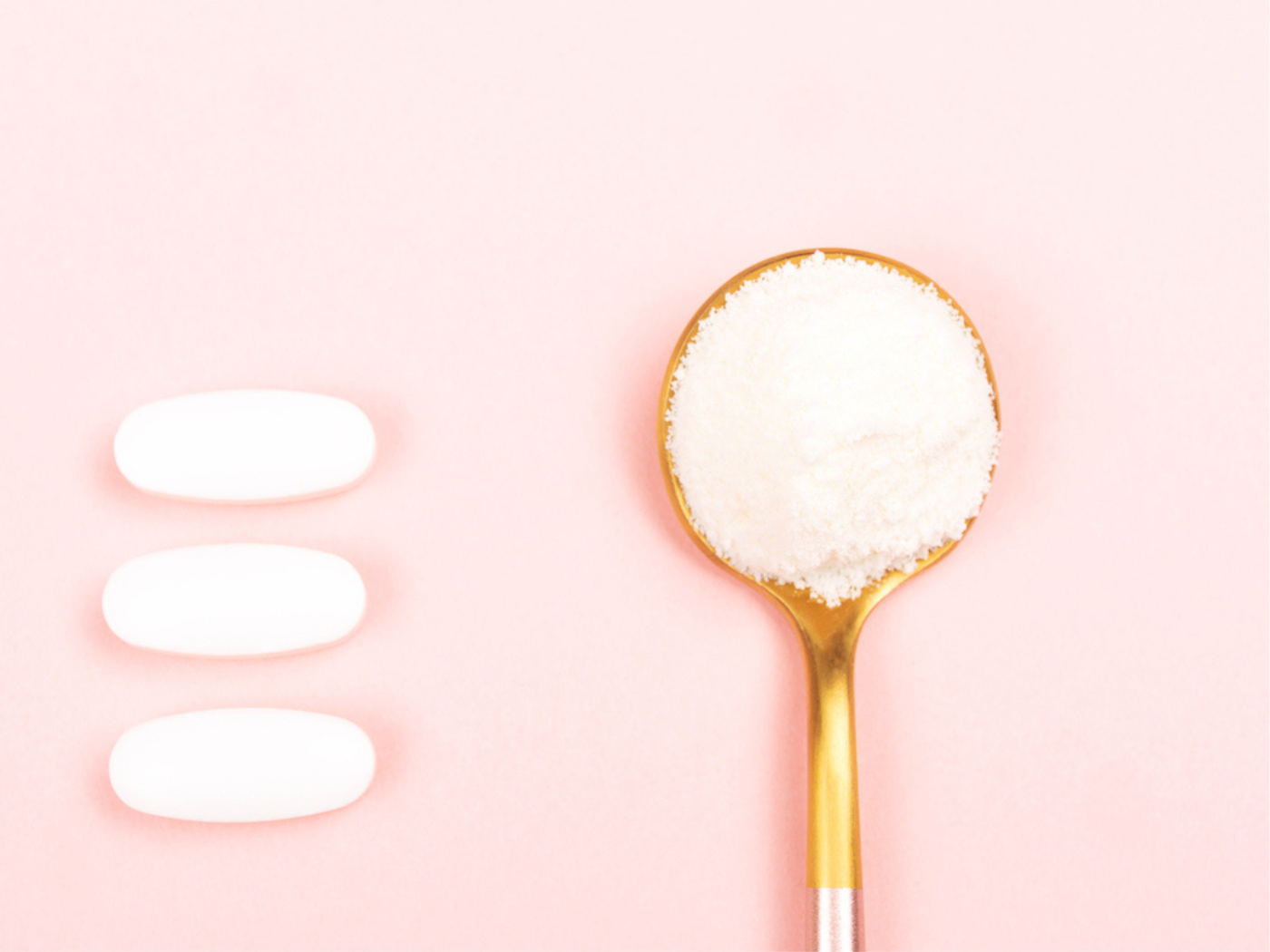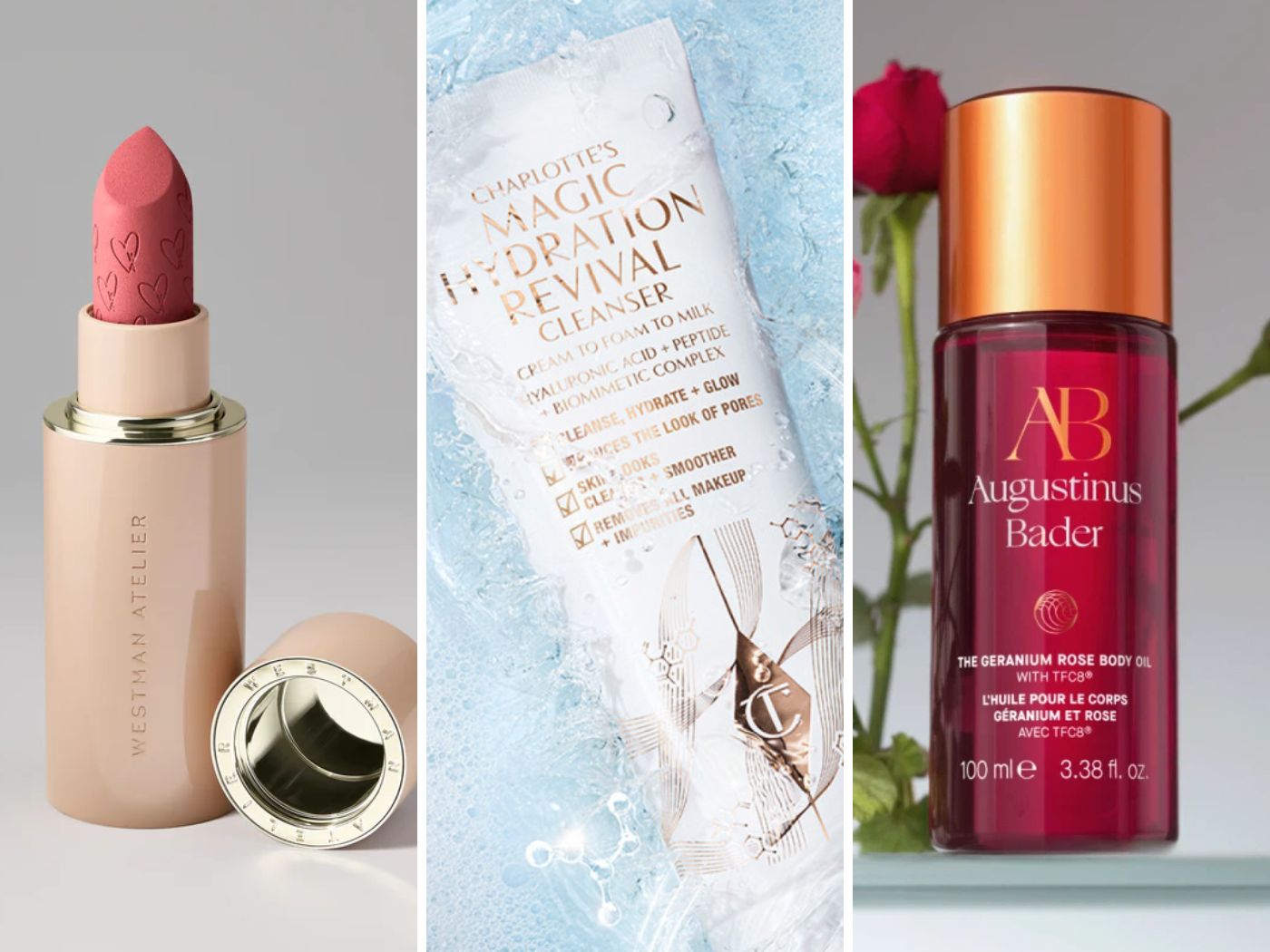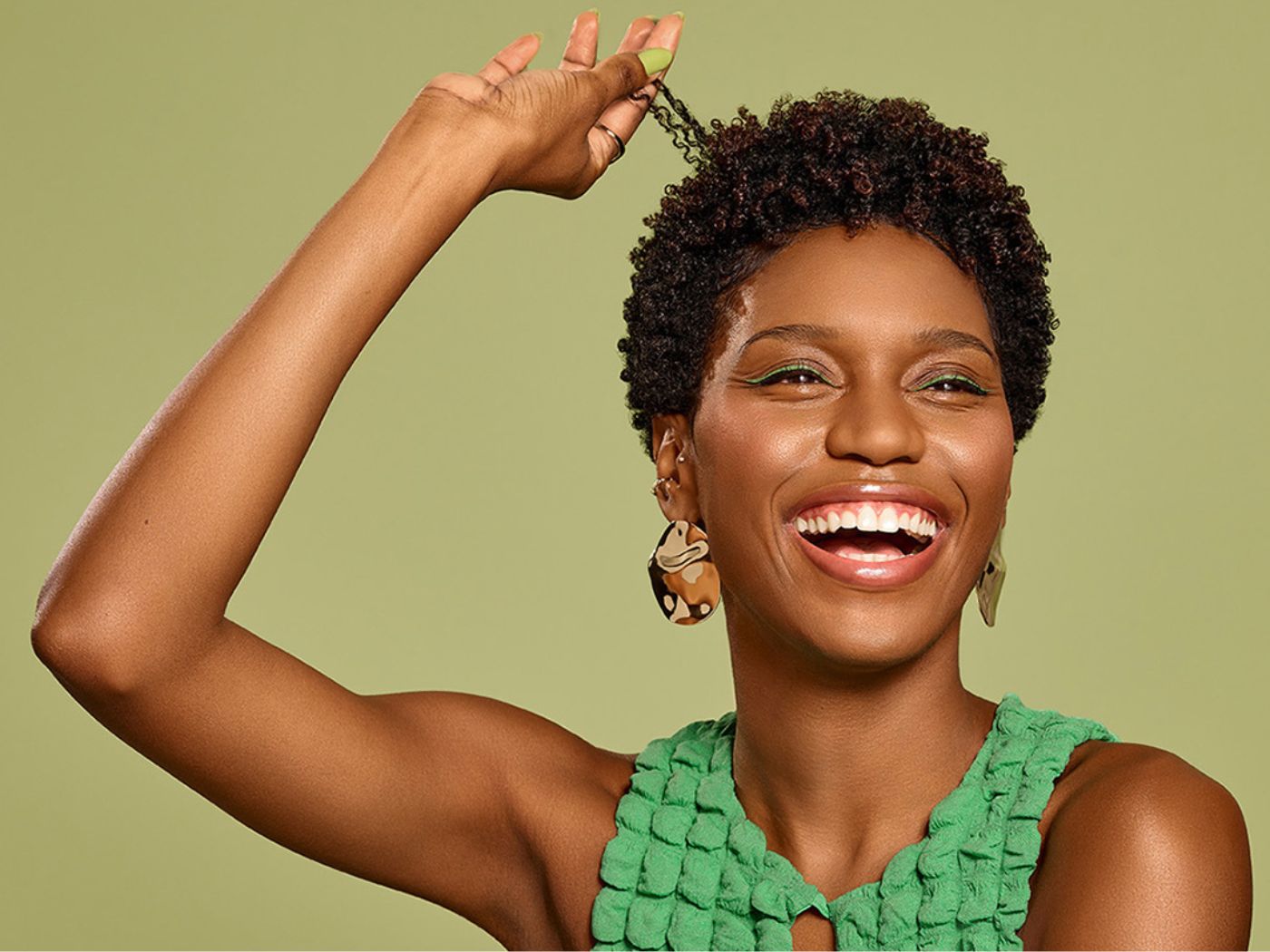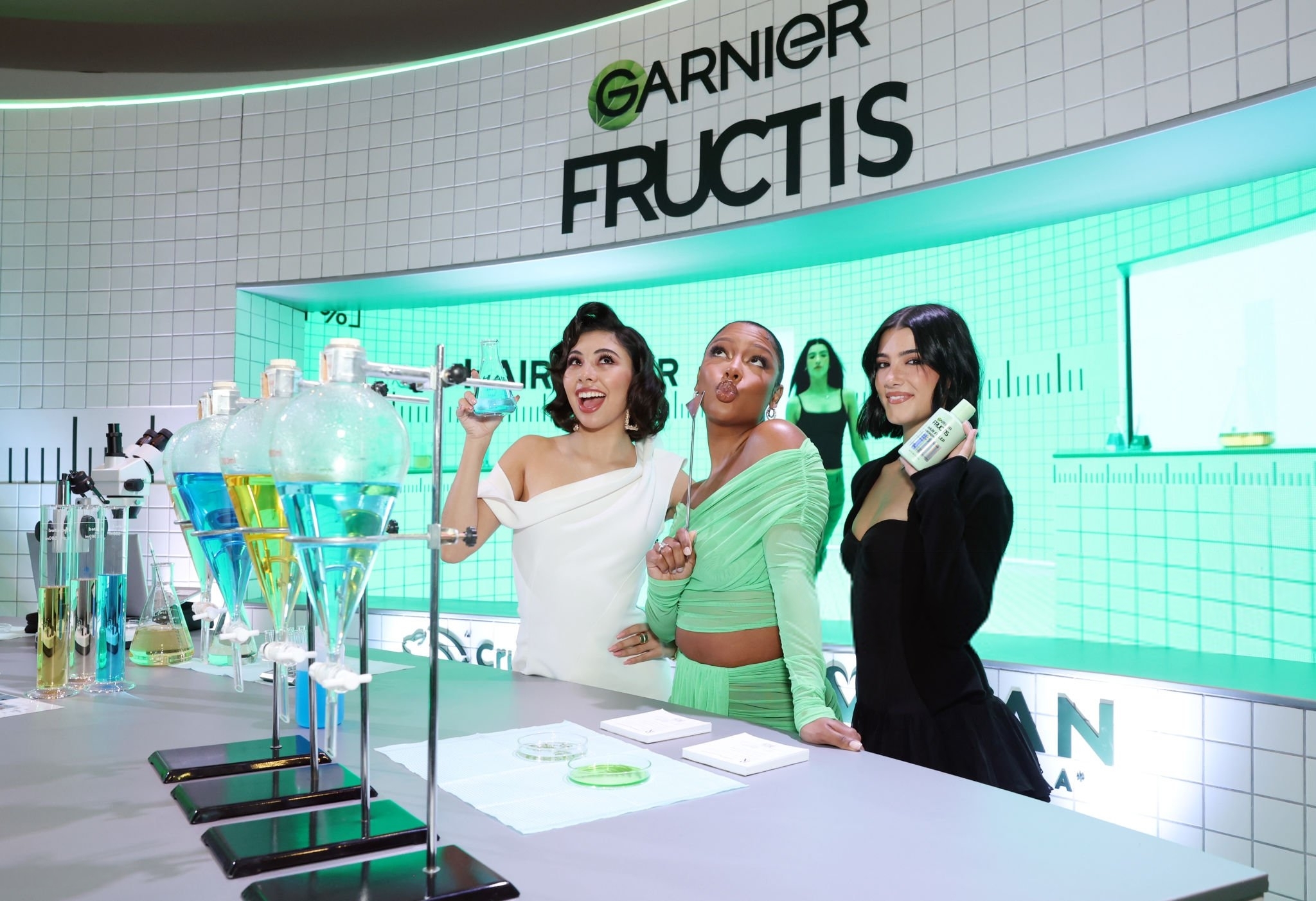In recent years, a notable shift in consumer priorities towards wellness has transformed the landscape of beauty and personal care. Now more than ever, consumers are seeking products that enhance not only external appearance but also internal well-being. As a result, the idea of beauty is expanding, and consumers are thinking beyond traditional beauty categories when looking to fulfill their self-care needs.
Categories getting the ‘beauty treatment’ include supplements ($21.0 billion), functional beverages ($12.3 billion), personal health ($8.7 billion), and candles and fragrance oils ($1.6 billion). When considering the addition of these categories to the total beauty and personal care landscape, the potential of a 45% increase in market size of total beauty comes into play, to $140.7 billion from $97.1 billion. This expansion of categories represents an appealing opportunity for brands to extend themselves into new product spaces that will naturally fit with the new consumer mindset.
Consumers are actively making health-conscious decisions, with a growing emphasis on preventive health measures and a holistic approach to well-being. The most wellness focused consumers, who NIQ calls proactive wellness consumers, are driven by a futuristic view of wellness. This group is a key contributor to the significant growth observed in categories such as supplements, facial skin care, and personal health. This shopper spends more than $114 more per year than passive shoppers ($898.60 versus $783.70). Among the categories that proactive shoppers over-index include supplements (purchasing +55% more), facial skin care (purchasing +22% more), and oral care (purchasing +17% more).
The rising interest in natural and clean beauty reflects a broader concern about product ingredients, with searches for “clean” and “plant-based” seeing substantial increases. As consumers prioritize wellness, product claims play a pivotal role in informing their choices, showcasing a dynamic and interconnected relationship between beauty and overall health.
With an increasing focus on wellness, specialty beauty retailers are taking an interest in expanding their offerings and bringing wellness products to their stores. For consumers, this means an expanded assortment and the ability to experience beauty, body, and mind under one roof. Retailers will focus on how to maximize the categories they bring into their stores, seeking to understand which convert and appeal to their existing set of dedicated beauty shoppers. For brands, this change represents both an opportunity as well as a threat. Savvy beauty brands may find themselves expanding into new categories to address consumers’ growing needs. However, brands need to be aware that shelf space will be at an even higher premium. With retailers carving out space for their wellness sets, beauty will lose space, and brands that are not delivering incremental volume for retailers could be on the chopping block.
With consumers adopting a more holistic view of health, they recognize well-being goes beyond surface-level appearances. This perspective considers factors such as nutrition, mental health, and lifestyle choices, influencing the demand for products that support overall wellness.
In a continuation of a long-term trend, shoppers remain concerned about the ingredients in the products they use on their bodies. The demand for natural and clean beauty products continues to surge, reflecting a desire for formulations that are perceived as healthier and less likely to have adverse effects on the skin or the body.
By following what shoppers are searching for on ecommerce websites, it’s clear what is top of mind for them. In personal care, clean and wellness related claims continue to dominate. Searches for clean, data shows, were up 155%, while searches for plant-based items were up 100%.
The evolving landscape of consumer priorities has propelled wellness to the forefront, reshaping perceptions of beauty and personal care. NIQ’s exploration reveals a dynamic intersection between beauty and wellness and a transformative shift where beauty is now seen as integral to internal well-being. Proactive consumers, with a futuristic view of wellness, are not only driving high growth but also influencing significant spending differentials in health and beauty. The surge in growth for products that prioritize health & wellness accentuates the profound link between consumer choices, informed wellness decisions, and the reshaped landscape of the beauty and personal care industry.




